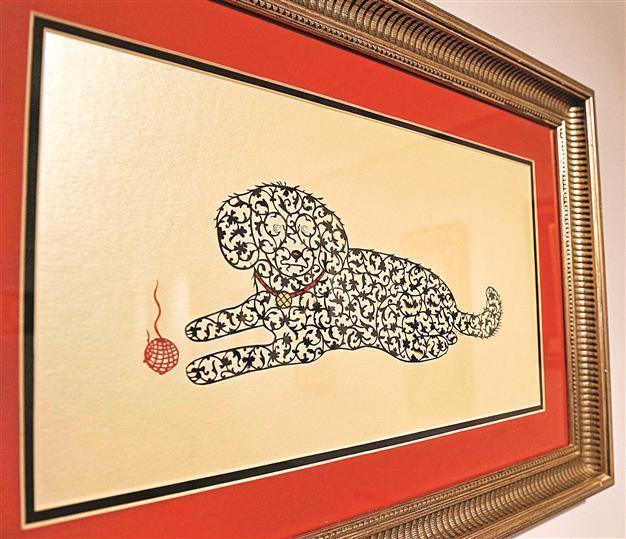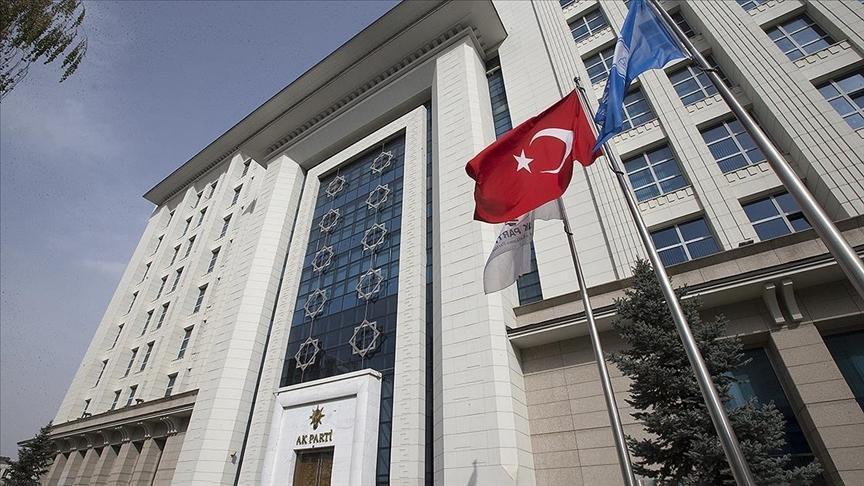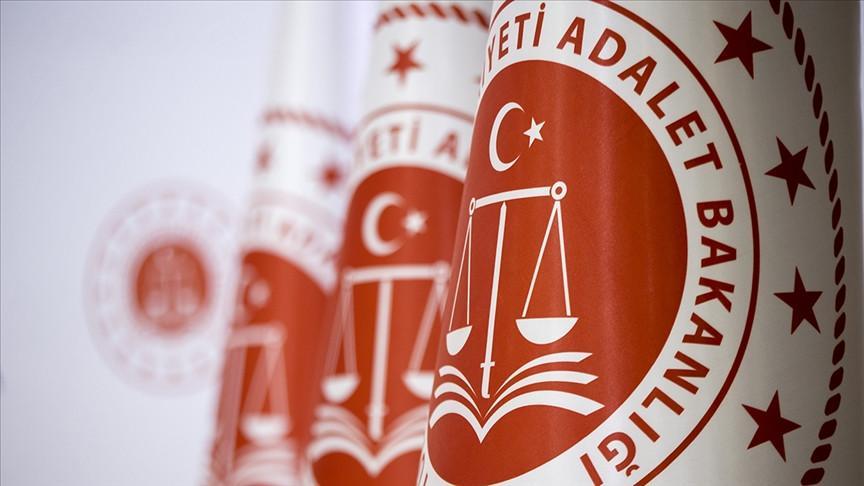Reviving a lost art Ottoman
BURSA - Anatolia News Agency

Going back 700 years, the Ottomans used Kaat’ı to decorate the bindings of religious and philosophical texts.
The Ottoman’s Kaat’ı (cut out relief), which is the art of stenciling intricate designs into leather or paper, is being kept alive today with the efforts of a number of artists.Going back 700 years, the Ottomans used Kaat’ı to decorate the bindings of religious and philosophical texts. A small, sharp knife was used to carve into paper and leather, while the process of pasting was done with a mixture of milk, rice flour and book binder paste. The surfaces on which the cut-outs were pasted was called male, while the surfaces on which the cut-outs were directly carved were called female.
One of the modern practitioners of this art, Dilek Emir Aydemir, is having her works displayed at museums in a number of foreign countries. “Kaat’ı is one of the most important arts belonging to the Ottoman era. I have been working on this art for 12 years,” she told Anatolia news agency. “It is the art of adornment, and it includes all other traditional Turkish art within it, including marbling.”
Aydemir worked in the Turkish Parliament for 30 years and said that after she retired she wanted to do something with art. She then started to work at Topkapı Palace, where she encountered all the traditional Ottoman and Turkish arts that are in the palace’s collection.
“However, in time I learnt that Kaat’ı art is not part of the Education Ministry’s curriculum, which made me very sad. I then started thinking about how to make this art more recognized and with my efforts the Kaat’ı art program was included in the ministry’s program,” she said.
Aydemir has been able to make the education ministry accept courses on this art, given by Dürdane Ünver. “I have personally followed all the bureaucratic operations before acceptance of the program. I am very happy to personally reclaim this art again, because it was almost lost,” Aydemir said.
Thanks to the new courses, Aydemir thinks Kaat’ı will never fade away. “I think I have given a tremendous service to Turkey in preserving and protecting Kaat’ı art,” she said.
The meaning of ‘Kaat’ı’
The word Kaat’ı comes from Abdullah Kaat’ı, who lived in the Heart region of Afghanistan during the 14th century.
“The works of Abdullah Kaat’ı were presented to Fatih Sultan Mehmet, and the book of Kaat’ı is still held at the Topkapı Palace. The title of the book is ‘Fatih’s album,’” Aydemir explained.
She said that many works of Abdullah Kaat’ı had survived from the period. “We are working on these albums in order to preserve them,” she said.
According to Aydemir, all the arts used to be presented to the sultans, starting in the 14th century until the end of the Ottoman Empire. “Today we don’t have such an art because we have the printing press. That’s why we are trying to preserve it,” she said.
Bursa’s Uludağ University recently hosted an exhibition on Kaat’ı work for the first time ever, said Aydemir, adding that she had also offered it to be presented as an elective course at the university in the future.
Aydemir also said she had showed the works to a museum while on a trip to the United Arab Emirates, adding that the officials there expressed an interest in displaying them. “So I gave my works as a present to the museum,” she said.
















